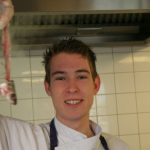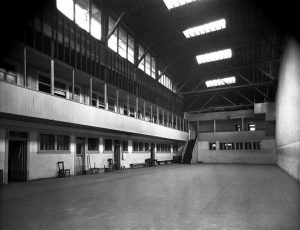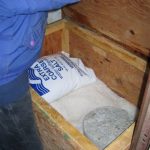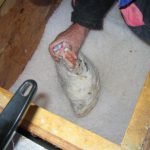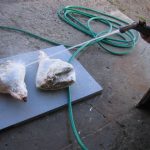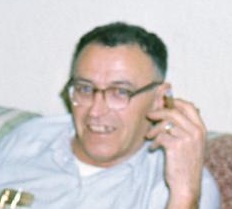When I first started this site, I got lots of great feedback about the articles and pages I was posting. At one point, I felt it would be great to channel that, to create a site bigger than myself where others might contribute and add their expertise, correcting mistakes or expanding on details that would offer more information to everyone. Hence, I added the possibility of people posting their own notes on each of the pages on this site.
With time, though, things change and I’ve decided to deactivate, at least for now, the webnotes for the pages on this site. There are two reasons. The first is technical: the webnotes involve scripts that can be exploited and are possibly one of the ways that my site is used to send spam. I’m not as much of a PHP guru to ensure that the scripts are always secure. They were also clunky for me to approve, making it simply a not-very-pleasant task to go through and approve them all.
The second is more selfish. The vision I had of people adding to the articles, expanding them, adding new details, never really materialized. By far the most popular aspect of the webnotes was with the surname list. While, clearly, I have a great interest in genealogy, these types of posts were the least interesting to me, and also contributed to my lack of drive to go through and approve them all. And I did have to approve them, as otherwise spam or malicious content would have made it to the pages.
I’m rethinking this process. Maybe I will find a better method for doing webnotes, or the equivalent, and reactivate them in the future. I’m not yet sure. If you have a strong opinion, please let me know.



